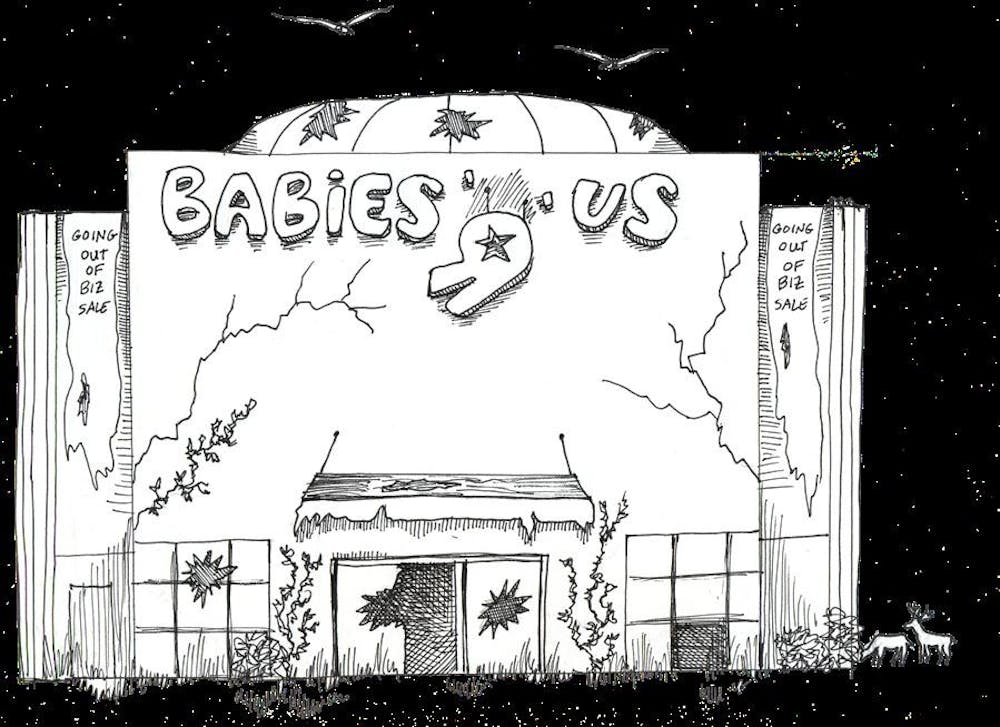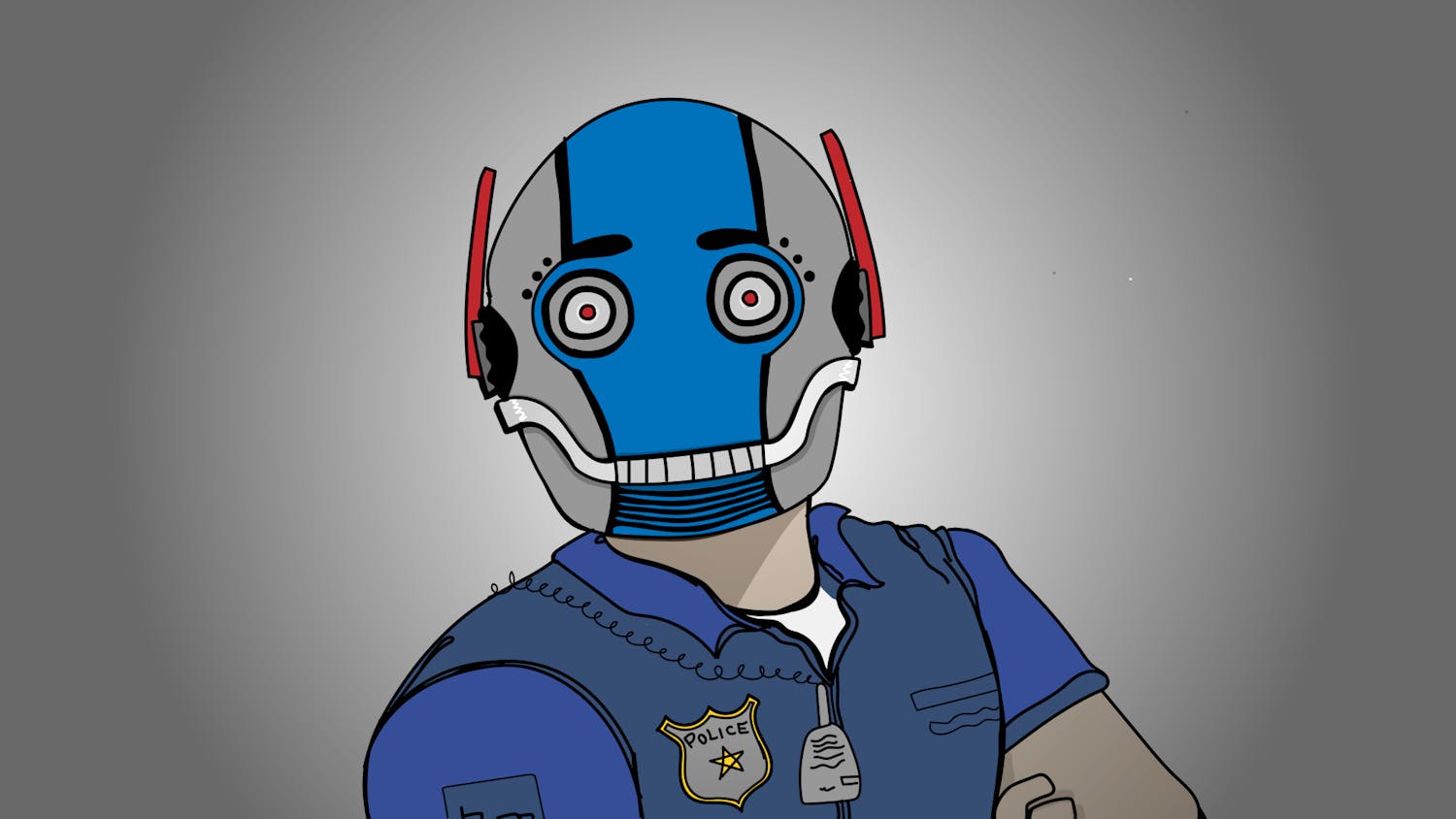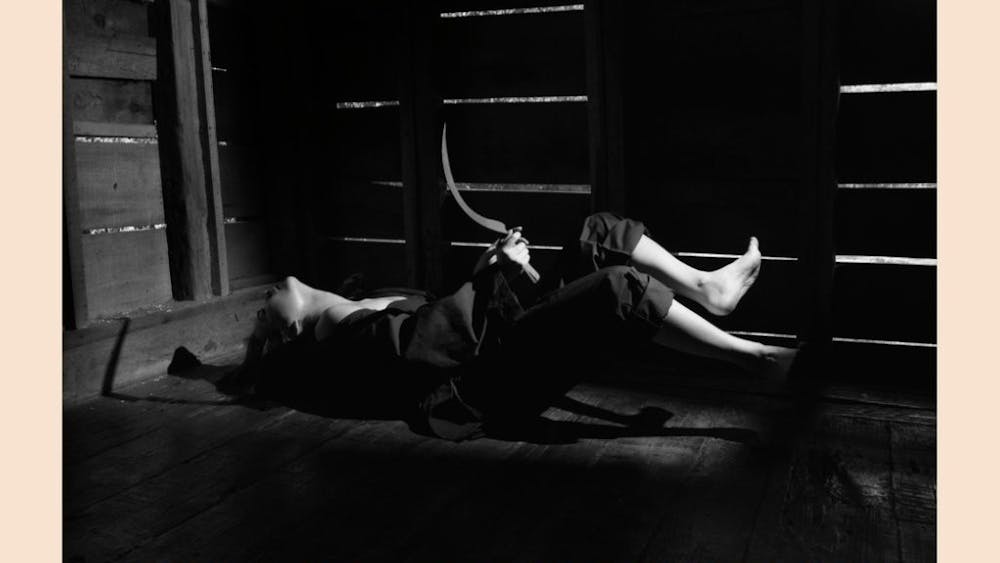Americans had about 4 million babies in 2011.
While this number seems staggering, it’s actually the lowest number of births since 1998.
According to the Centers for Disease Control and Prevention, this represents a current birth rate of about 1.9 babies per woman during the course of her life.
In the United States, our replacement rate, the number of babies a woman must have during her life to replace herself and one man, hovers between 2 and 2.1.
Birth rates typically fall in times of economic turmoil.
In the past, children were one of the cheapest forms of labor available, which meant, assuming they lived long enough, they often made up for a considerable portion of their cost.
Why does this matter to us? As we grow older and think about having children ourselves, we might find the economic and social climate that is friendly to having many children has changed significantly.
Today, children are ridiculously expensive.
In a country where we typically mortgage a $150,000 house for 30 years, raising one child for 18 years costs more than $300,000.
And that doesn’t include college tuition.
It’s understandable that now, during one of the worst economic
situations in modern history, we might see birth rates slacken a bit.
The difference is that many experts estimate this particular economic downturn is one that could take longer than usual to correct.
Many economists say a larger than normal proportion of those who are currently unemployed are without work not due to a lack of jobs, but because they are not qualified for many of the jobs available.
Economists call this structural, rather than cyclical, unemployment.
If finding jobs for these people will solve the economic problem in this country, the education and training required for them to gain the skills these jobs require will take time.
That extended recovery time means we can expect birth rates to stay low and possibly continue to fall, for the time being.
This means, as far-fetched as it may sound when we’re only in our 20s, we need to start thinking critically about aging.
If we keep having fewer children, we need to figure out who will shoulder the burden of our inevitable old age.
Low birth rates aren’t necessarily all bad news.
They can also be associated with higher value placed on women in the workplace and increased awareness and availability of birth control.
When women are paid more at work, it increases the opportunity cost of taking leave to have a baby.
Also notable is the fact that births among teenage mothers are down even more than the average.
MTV had better watch out before they lose their pool of “Teen Mom” stars.
In the end, perhaps it’s a bit premature to write an overarching prescription for the falling birth rate in the U.S. As we emerge from the current economic malaise, we can expect this birth rate to increase.
There is no way to ignore the fact that birth rates now are lower than they have ever been or probably ever will be for the foreseeable future.
Maybe that’s not such a bad thing.
The end of the American baby?

Get stories like this in your inbox
Subscribe





